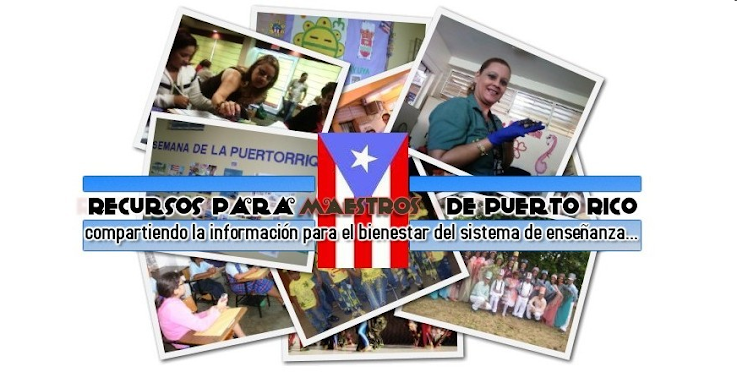5 Trends in Education Technology Leadership
SETDA's "National Educational Technology Trends Report" spotlights state efforts to boost learning through the federal Enhancing Education Through Technology program.
Federal ed tech funds are increasingly being used to boost teacher effectiveness, scale up successful programs, and increase academic achievement, according to a new report from the State Educational Technology Directors Association (SETDA), a major education technology advocacy group.
The report, "National Educational Technology Trends: 2010, Innovation Through State Leadership," identified several trends in state technology leaders' approaches to education technology and focused on the uses to which federal ed tech funding was being put. These uses included, according to the report, "professional development of teachers in educational technology, increasing access to technology in Pre K-12 schools, the integration of technology into the core K-12 academic areas to increase academic achievement, and the technology literacy of students."
The information presented in the report represents input from state education technology leaders from all 50 states about their activities in 2008. During that year, $247.9 million was awarded to state agencies through Title II, Part D of the Elementary and Secondary Education Act (ESEA), known as Enhancing Education Through Technology (EETT), which is the sole source of federal funding dedicated exclusively to education technology. More than half ($143.2 million) was awarded through 1,198 competitive grants; the remainder was awarded through 10,579 formula grants.
The report identified five key trends that emerged in 2008 in the ways in which state leaders approached the use of EETT funds. These included:
- Scaling Up Success: State leaders focused on identifying and expanding "innovative" programs that seemed to have a positive impact on education. The report cited examples of successful programs scaling up, including Missouri's eMINTS model, which has been adopted now in seven states; the Texas Immersion Pilot; and the North Carolina IMPACT program.
- Enhancing Teacher Effectiveness: Professional development has become a major focus for making effective use of federal technology funding, with 62 percent of state education agencies saying they awarded EETT grants to local education agencies "based on criteria that included the quality of the LEA's proposed professional development plan."
- Using Data to Inform Learning, Teaching, and Leadership: There was an increased emphasis on the use of data in grant awards in 2008, according to the report, with funds used to support "both formative and summative uses of data in the classroom."
- Increasing Academic Achievement: According to the report, EETT funds are being used to drive increases in student achievement and to develop 21st century skills in students through "differentiation, personalization, and real-world applications for learning."
- Driving Innovation and New Educational Models: Finally, the report said that in order to achieve EETT goals, states are developing "comprehensive models to launch schools successfully into technology-rich learning environments" and are producing "increased numbers of schools that offer technology-rich, Internet-ready learning environments staffed by teachers who are ready to translate those opportunities into deeper, more authentic academic learning."















No hay comentarios:
Publicar un comentario